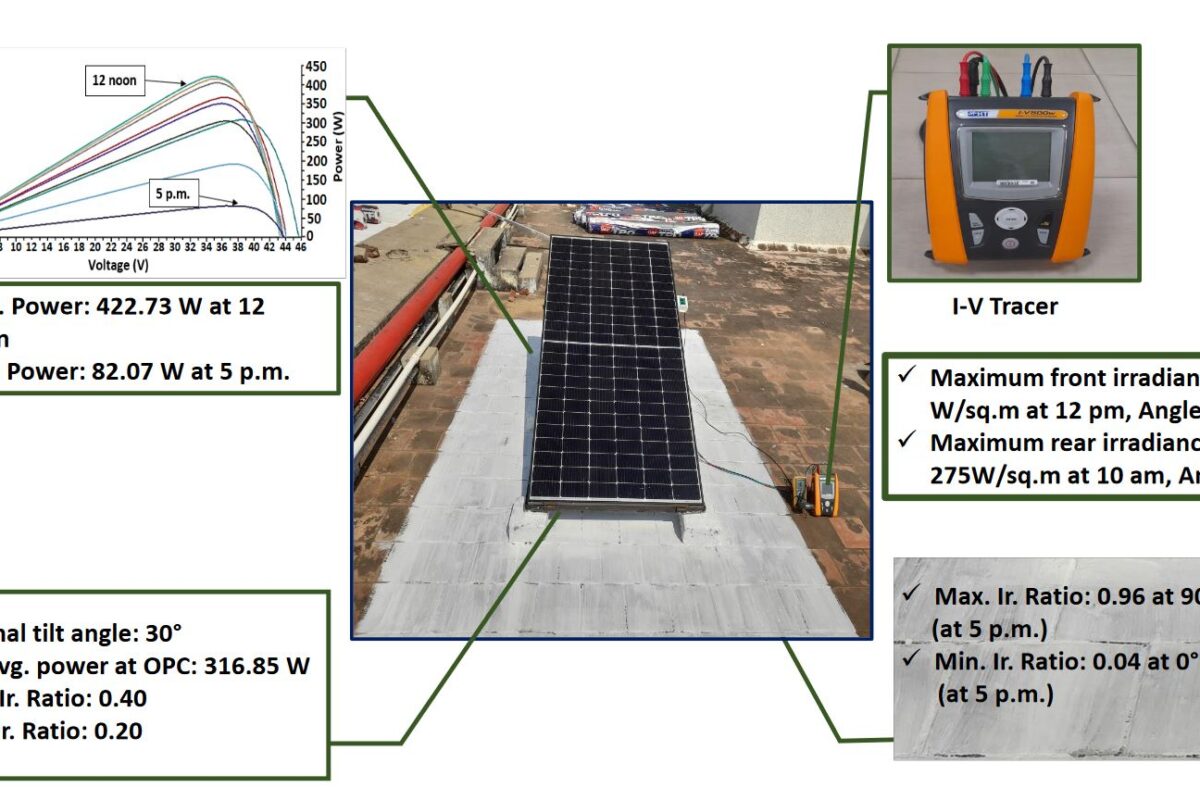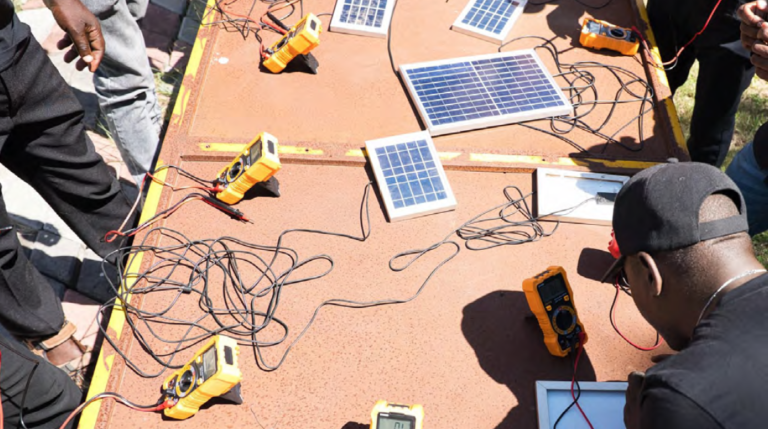An Australian Research Council-funded report co-authored by the Sydney-based University of New South Wales and UK charity SolarAid says the off-grid solar sector should do more to improve its product repair initiatives.
An Australian Research Council-funded report co-authored by the Sydney-based University of New South Wales (UNSW) and UK-based charity SolarAid has said the off-grid solar sector should do more to improve its product repair initiatives.
The ‘State of Repair In the Off-Grid Solar Sector’ report states that since the early 2000s, 375 million solar kits have been sold and distributed to off-grid populations around the world by the formal off-grid solar sector , and more than 250 million of them are estimated to have fallen into disrepair.
According to the Australian Renewable Energy Agency (ARENA), 2% of Australia’s population lives in this area off-grid locationsand consume 6% of the country’s electricity.
SolarAid specializes in providing access to clean, safe solar-powered lights to remote rural areas and hard-to-reach communities in sub-Saharan Africa. Since 2006, 2.3 million solar lamps have been distributed worldwide, impacting 12.5 million people.
As the off-grid sector has grown globally, so has the range of products on offer, with an increasing number of technologies including televisions and radios and productive uses appliances, such as refrigerators and hot water pumps.
Research from SolarAid and UNSW has shown that 90% of off-grid products are repairable and while around 90% of distributors already provide some form of repair service, the report recommends that better strategies are needed to improve access to spare parts. and that repairable designs are integrated into products. together with consumer protection and repair, business models are tested, offering training and knowledge exchange.
Jamie McCloskey, SolarAid’s director of programs and partnerships, said an interesting insight from the report’s research was the disparity between distributors and manufacturers.
“When asked to rate the different facets of repair, manufacturers consistently rated their experiences higher. For example, when asked about ‘manufacturer support,’ manufacturers rated it 4.8, while distributors rated it 2.6,” McCloskey said. “Gaining access to spare parts was the biggest challenge of all, with long lead times and difficulties in obtaining affordable parts, completely disrupting high-quality services. However, manufacturers recognized this challenge and the logistical challenge that comes with it.”
Other reported challenges included the cost of repairs, last mile logistics, training, restrictive product design and product tampering.
The report found that the most common component causing failures and repair issues was batteriesmaking repair usually impossible, but replacement can be an issue due to access and cost, as well as when manufacturer designs are regularly updated, making parts obsolete.
“While broken products create economic challenges for distributors, logistical challenges for manufacturers and planning challenges for a range of different industry players, it is households using solar products that ultimately bear the brunt of broken products,” report said.
This content is copyrighted and may not be reused. If you would like to collaborate with us and reuse some of our content, please contact: editors@pv-magazine.com.
Popular content



